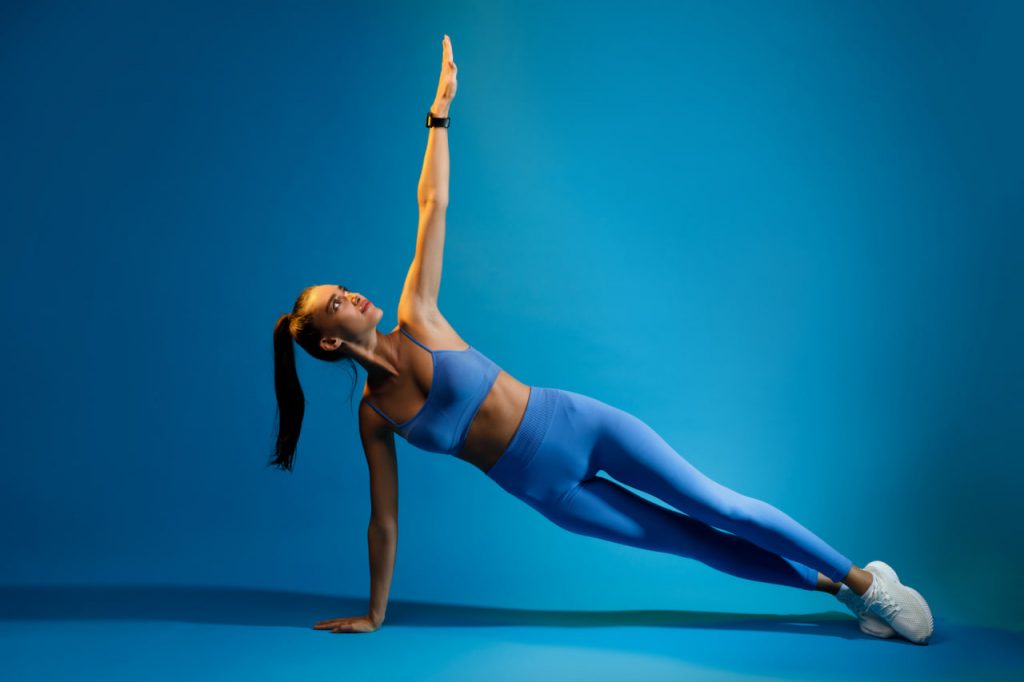In the world of fitness, it can be difficult to know which method is “best” — especially when there are so many options available. From weightlifting to high-intensity interval training (HIIT), spinning to CrossFit, the traditional fitness industry offers countless ways to get strong, burn calories, and stay in shape. Then there’s Pilates — a slower, more mindful approach to movement that often gets overlooked by those seeking more intensity. But the difference between Pilates and traditional workouts isn’t just about speed or sweat. It’s about the purpose, the method, and the results — both on the surface and deep within.
Traditional workouts typically emphasize external performance. The goal is often to lift heavier weights, increase speed, burn fat, or improve cardiovascular endurance. These goals are valid and valuable, but they usually focus on the muscles you can see — the ones on the surface. Exercises are often performed quickly, with repetition and resistance designed to push the body to its limits. While these approaches can be effective in building strength and improving fitness, they sometimes come at a cost. Improper form, muscular imbalances, and overtraining are common, especially when progress is measured only by intensity or volume.
Pilates, on the other hand, is a system of movement designed to strengthen the body from the inside out. It focuses on deep core engagement, alignment, breath, and control. Rather than isolating specific muscles for size or output, Pilates trains the body as a unified whole. Movements are often smaller, slower, and more deliberate — but that doesn’t mean they’re easier. In fact, Pilates challenges muscles you may not even know you have. It builds a strong foundation by activating stabilizing muscles that support the spine, pelvis, and posture — muscles that traditional workouts often ignore.
Another major difference lies in how Pilates treats the nervous system. Traditional workouts often stimulate a heightened stress response — elevated heart rate, adrenaline, and physical exhaustion. While this can be beneficial in short bursts, it may not always be ideal for people with chronic stress, fatigue, or joint issues. Pilates offers a more restorative path. The emphasis on breath and control helps calm the nervous system, improve focus, and create a deeper connection between mind and body. Many people finish a Pilates session feeling both energized and centered, rather than depleted.
Posture and alignment are also treated differently. In traditional fitness, posture is sometimes an afterthought — corrected only when it interferes with performance or leads to injury. In Pilates, it’s central. Every movement is guided by an awareness of spinal position, core activation, and balanced muscle use. This approach not only reduces the risk of injury but also retrains your body to move more efficiently in daily life. You become more aware of how you sit, stand, walk, and breathe — and this awareness carries into everything you do.
Perhaps the most profound difference is in how success is measured. Traditional fitness often defines progress by how much you can lift or how far you can push yourself. In Pilates, progress is more internal. It’s the ability to move with control, to activate the right muscles at the right time, to feel strong without tension, and to become more aligned, more mobile, and more connected to your body.
Of course, Pilates and traditional workouts are not mutually exclusive. In fact, many athletes and fitness enthusiasts use Pilates as a way to complement their other training. It helps correct imbalances, improve core strength, and prevent injury — making other workouts more effective and safer. But for those seeking a smarter, more sustainable way to build strength and resilience, Pilates can stand on its own as a complete system.
Ultimately, the difference between Pilates and traditional workouts is not about which burns more calories or builds more muscle. It’s about what you want to get from your movement. If you’re looking for something that not only strengthens your body but also supports your posture, restores your balance, and improves your awareness — Pilates offers a path that’s as intelligent as it is powerful.
Choosing Pilates isn’t about doing less. It’s about doing better. It’s a reminder that true strength comes not from force, but from control. Not from exhaustion, but from connection. And in that difference lies the long-term reward.

